While do-it-yourself projects can be fun and fulfilling, there is always a potential for personal injury or property damage. We strongly suggest that any project beyond your abilities be left to licensed professionals such as electricians, plumbers, and carpenters. Any action you take upon the information on this website is strictly at your own risk, and we assume no responsibility or liability for the contents of this article.
How to Allergy-proof Your Home
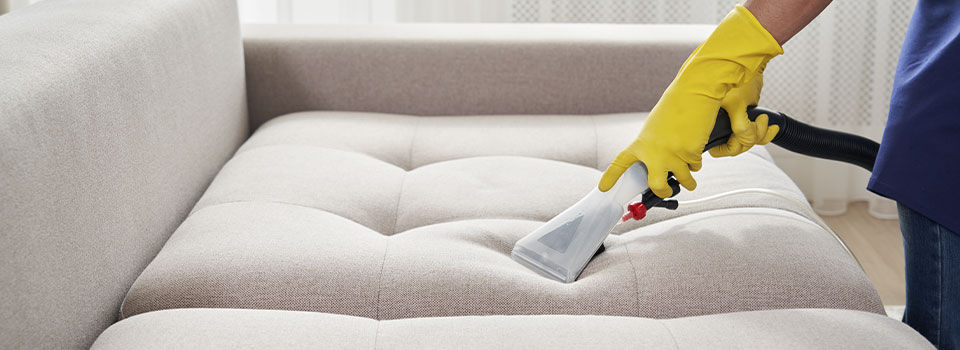
Allergies are just your body’s way of trying to deal with what it thinks are serious threats to your health. While a little pet dander or mold spores may not hurt you, your body’s reaction to them can make you feel miserable. Millions of people suffer from seasonal allergies, but sneezing and headaches can become a year-round problem if your home is the source of the allergens instead. Making your home a haven with as few allergens as possible is a full-time job, but it’s usually worth the work.
Pull out the Carpet
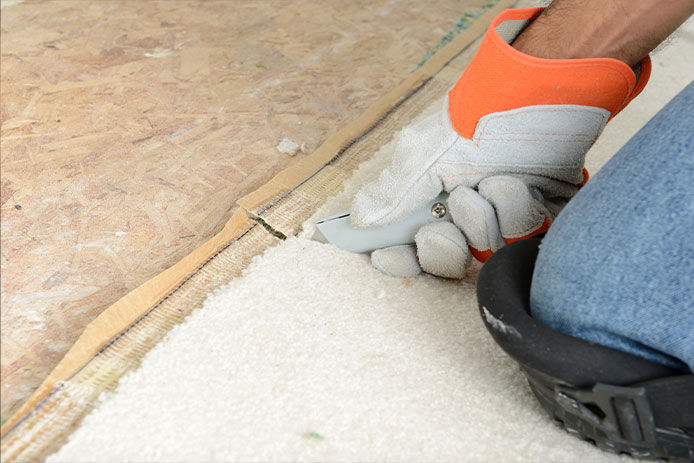
Start by removing the carpet in as much of the home as possible. Switch to small enough rugs to wash in a washing machine or invest in a steam cleaner for larger area rugs. Due to their padding and construction, steam cleaning carpet won’t necessarily reduce the allergens trapped inside. Even the VOCs released by perfectly new and dust-free carpets can be a trigger for allergic reactions. In general, any other flooring is more allergy-friendly than carpet.
Keep Pets Cleaner
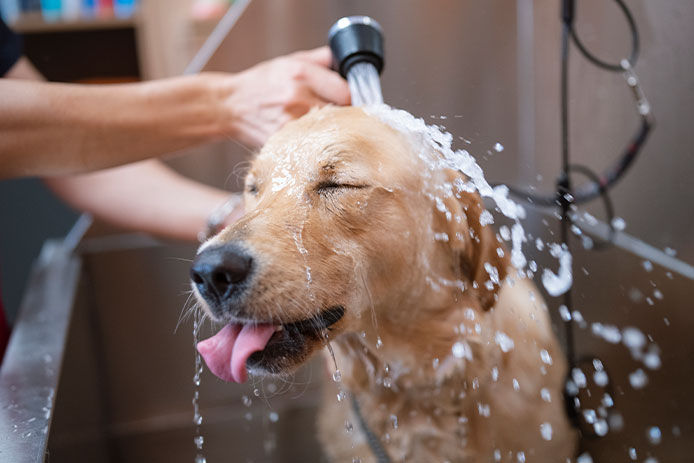
Washing your pets may be a chore you’d rather avoid, but it can make a big difference in allergy symptoms. Even if you are not allergic to cat or dog dander, in particular, it settles in the environment to become generalized dust or to feed mold growth. This can trigger a secondhand allergic reaction that didn’t occur when the pet dander was first shed. Of course, people sensitive to pet dander will need to clean up after their pets as much as possible. Make a daily habit of brushing your pet, even if they’re relatively short-haired. Wash dogs and cooperative cats at least once a week to control the amount of dried saliva on their fur and how much dander they shed into the home. Use pet beds when possible, so there’s a convenient centralized location for trapping their hair and dander for cleanup.
Use HEPA Filters on Vacuums and Air Moving Appliances
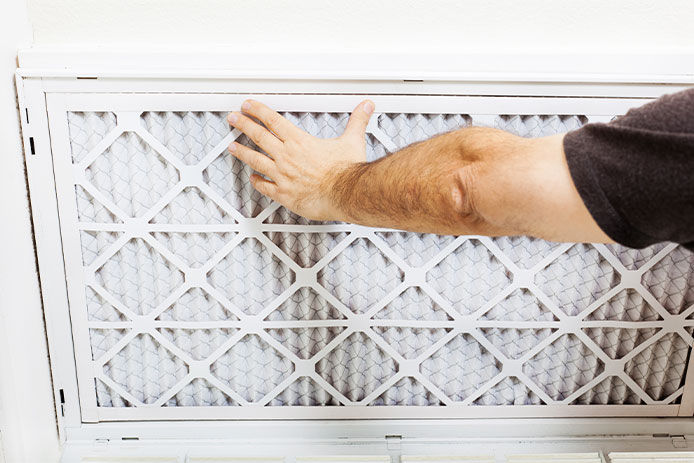
Any appliance that moves air around the home should feature a HEPA filter. That includes air conditioners, dehumidifiers, furnaces, and other heating units, and, of course, air purifiers. The vacuums used in the home should also include a HEPA filter. These filters trap as much particulate as possible, ensuring there’s cleaner air throughout the house. Just adding better filtration to any central or room-based heating and cooling can make a bigger difference than buying most air purifiers. Vacuuming can spread allergens like mold spores and dust instead of cleaning them up, but a HEPA filter ensures they stay inside the canister instead.
Change Bedding More Often
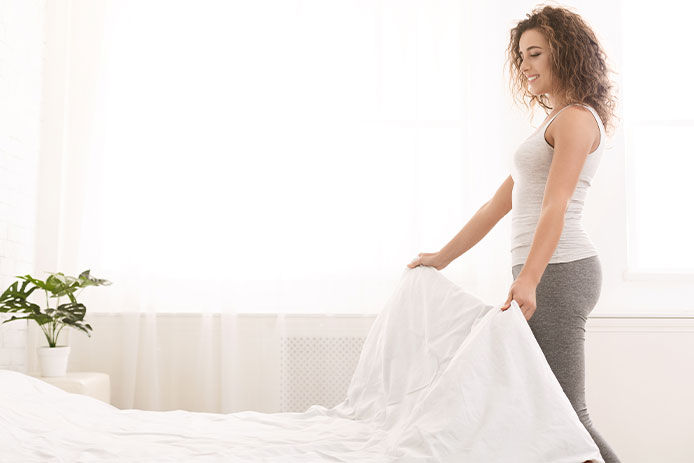
The bedroom is a big source of allergens within the home. Not only do you release a lot of sweat, skin flakes, and hair into the bed that becomes dust, but dust mites tend to accumulate in the mattress and pillows. The droppings and shed skins of these bugs are irritating to most people. Consider that you spend more time in bed than almost any other single location each day, and you’ll see why it matters so much to your allergies. Wash your beddingtwice a week if you have allergies, and consider using all-cotton bedding. Cotton is less likely to trap dust mite debris and skin cells than other materials.
Wrap the Mattress and Pillows
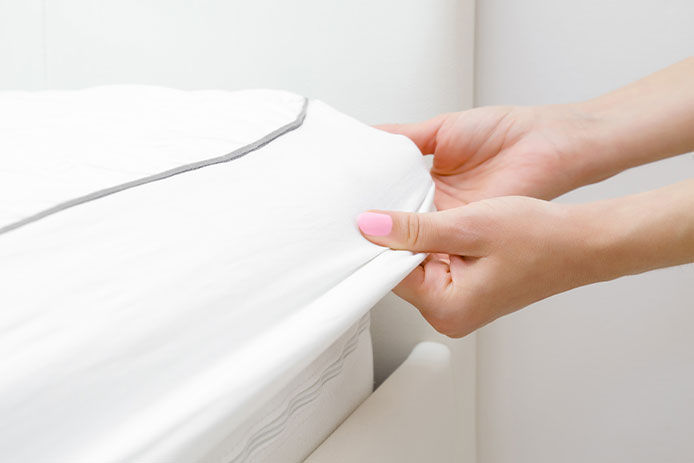
Washing the bedding alone won’t stop the mattress and pillows from hosting dust mites or developing a mildew issue. Look for dust-mite-resistant covers that aren’t too crinkly or stiff and install them on your bed. Of course, it’s best to start with new pillows and a fresh mattress. Wrapping older furnishings with these kinds of covers can result in internal mold growth that eventually causes issues through the covering. Start fresh with a whole new bed if you’re having severe allergies that just don’t seem to want to clear up. It’s a big step, but it could give you long-term relief.
Thoroughly Clean Soft Furnishings
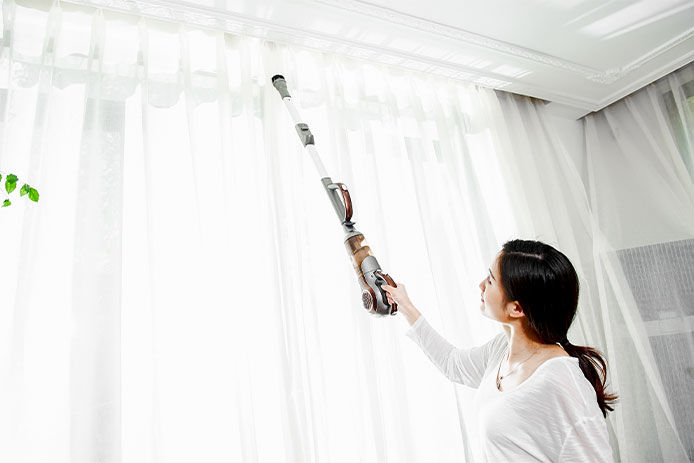
In general, the soft furnishings in your home contribute to your allergies more than the hard ones. Your upholstered couch, your favorite drapes, and even your child’s stuffed animals are trapping dust and encouraging mold growth that’s hard to see. Wash small items like toys and table runners weekly with a mild vinegar solution to keep them from harboring so much dust. Curtains and drapes should be vacuumed weekly and washed monthly, especially during the months the windows are open. Clean upholstery with dry methods like brushing and vacuuming at least once a month, then do a deeper steam cleaning twice a year when the humidity is low enough the furniture will dry quickly.
Control Humidity Levels

Keeping humidity from getting too high inside the home is one of the more challenging parts of allergy control. For the best indoor air quality, aim to stay between 30% and 50% humidity. Use a digital monitor, preferably one that alerts you when the humidity drops or rises out of this range. Most homes are too humid, so consider setting up a dehumidifier, installing range hoods and exhaust fans, and avoiding furnishings like bathroom floor mats that are sneaky traps for moisture.
Reducing the allergen load in your home is an ongoing battle. Keeping it as clean as possible can become stressful, so consider an allergy-focused cleaning service for help when you need a break. In general, reduce fabrics and other soft furnishings when you can to make the home easier to clean and less likely to irritate your allergies.